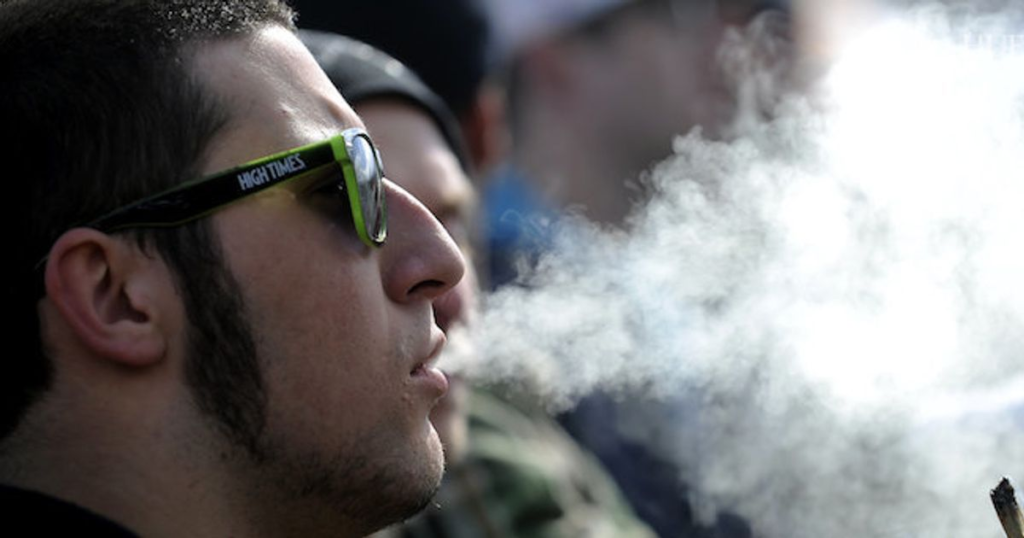As part of its largest smoking changes in more than a decade, the Australian government will outlaw e-cigarettes through a stringent system of rules on imports and packaging to deter vaping, particularly among adolescents.
According to Australian Health Minister Mark Butler, vaping has become a major behavioral issue in high schools and is becoming a bigger concern in elementary schools, but he acknowledged the products can be used therapeutically in the correct situations.

Vaping involves heating a nicotine-containing liquid in an e-cigarette so that the user can inhale the vaporized substance. Although it is widely believed to be a healthier alternative to smoking cigarettes and a tool to aid tobacco cessation, teens and even young children are all over the world developing an addiction to vaping.
According to Butler, vaping was promoted to governments and communities all over the world as a therapeutic aid to assist long-term smokers in quitting.
It was not marketed as a product for recreation, especially not for our children. However, that is exactly what it has developed into: the biggest gap in Australian history.
In announcing the new rules, Butler stated that non-prescription vapes will be prohibited from entering the country and that vape products must have packaging resembling that of a pharmaceutical, intended only for use in aiding smokers in quitting.
Butler stated that all single-use and disposable vapes will be prohibited in addition to restrictions on the colorful, fun-flavored packs that attracted younger users.
Butler stated that the item was sold alongside candy and chocolate bars and was “targeted at our kids.”
Let’s be clear about this: Big Tobacco has taken another addictive product, put it in glitzy packaging, and added flavors to produce a new generation of nicotine addicts, just like they did with smoking.
Prior to the changes announced on Tuesday, a doctor’s prescription was the only method to legally sell a nicotine vape in Australia, despite the fact that the items were still widely available throughout the nation.
Butler claims that a “black market” of convenience stores and petrol stations that sell nicotine vapes to kids without any labeling or warnings has flourished due to a lack of oversight and action.
“No more flavors of bubblegum. No more unicorns in pink. No more vapes that are purposefully made to seem like highlighter pens so that children may conceal them in their pencil cases, the health minister added.Butler stated that over $20 million will be used to assist Australians in quitting vaping, and more than $41 million has been set aside for a nationwide youth-focused education campaign. Beginning on September 1, Australia’s cigarette tax will also rise by 5% annually for the following three years.
Despite having one of the lowest cigarette smoking rates among Organization for Economic Cooperation and Development (OECD) member nations, young people in Australia use vapes at disproportionately high rates.
One in four adults between the ages of 18 and 24 and one in six teenagers between the ages of 14 and 17 have both tried vaping, according to Butler. More alarming was how widely available these devices were across the nation were, with four out of five kids claiming they had no trouble finding vapes in their neighborhood shops.
Concerns about vaping around the world

Researchers have discovered connections between nicotine addiction in children and teenagers as a result of rising vaping practices. Additionally, psychological problems, headaches, stomachaches, and serious nicotine addictions have all been connected to teen vaping.
Some claim that e-cigarettes are a good alternative to traditional cigarettes, and in some nations they are even marketed as tools for quitting smoking. Nevertheless, according to the US Centers for Disease Control and Prevention, “e-cigarettes are not safe for youth, young adults, pregnant women, as well as adults who do not currently use tobacco products.”The CDC also cautioned that nicotine is highly addictive and can impair adolescent brain development, which lasts until the early to mid-20s.
In recent years, the US Food and Drug Administration has begun to address the “epidemic” levels of usage among kids as vaping has become pervasive in many high schools in America. According to the 2022 National Youth Tobacco Survey, 2.55 million middle and high school students in the US use e-cigarettes.
A study that was published in the medical journal JAMA Network Open found that adolescents who vape also start earlier and use them more frequently.
While combating the high rates of youth vaping, the UK is also promoting it as a substitute to assist lifelong smokers in quitting.
The British government proposed encouraging up to 1 million smokers to switch to vapes in April.
According to the British Department of Health, the program will provide a “vape starter kit” coupled with behavioral counseling to help smokers quit. In a first for the world, the government will also provide financial incentives to pregnant women who want to quit smoking.





